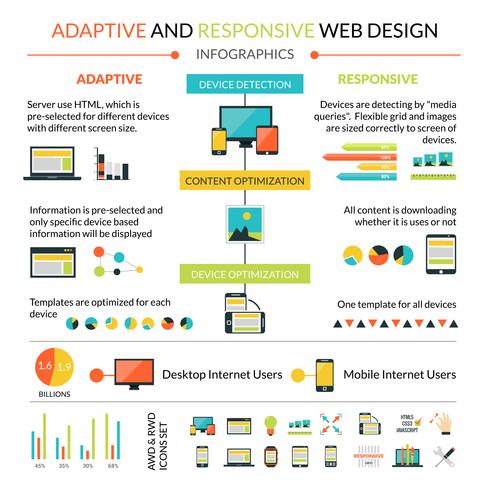Fundamental Aspects Of Website Design: Guidelines For Creating A User-Centric Site
Fundamental Aspects Of Website Design: Guidelines For Creating A User-Centric Site
Blog Article
Suggested Internet site By-Crews Bak
When it pertains to website design, ensuring user-friendliness is essential. From responsive layout to structured navigating, every component plays a vital function in creating a site that deals with your target market's demands. But what concerning the finer details that can make or break a user's searching experience? Remain tuned as we reveal some often-overlooked suggestions that can boost your website's functionality to the next degree, making it genuinely stand out in the digital landscape.
Value of Responsive Design
Receptive style is a vital aspect of contemporary site advancement. Ensuring just click the following web page is responsive means that it can adjust to various screen sizes and tools, offering a seamless experience for customers.
With the enhancing use smartphones and tablets to access the net, having a responsive layout is important for reaching a broader audience. It assists in improving user experience by making your web site easy to browse and keep reading any kind of device.
Furthermore, receptive style can favorably affect your online search engine positions, as search engines like Google focus on mobile-friendly sites. By having a receptive design, you're also future-proofing your web site, as brand-new devices with differing display sizes continue to emerge.
Simplify Navigation Structure
To boost user experience and assist in very easy access to information on your internet site, simplifying the navigating structure is paramount. When developing your site, concentrate on creating a clear and user-friendly navigating food selection that assists site visitors find what they're looking for rapidly.
Limitation the number of menu items to the essentials, grouping related web pages with each other to stay clear of frustrating users. Use descriptive labels that plainly indicate the material of each page, making it less complicated for customers to comprehend where each link will certainly take them.
Consider executing dropdown food selections for subcategories to avoid littering the primary navigation bar. Additionally, include a search bar plainly on the page for users who favor searching for specific information.
Prioritize mobile responsiveness in your navigation design to make sure easy accessibility on all tools.
Maximize Page Lots Speed
Improving web page tons speed is critical for keeping site visitors on your site. Slow-loading web pages discourage customers and can lead to high bounce rates. To enhance web page lots speed, beginning by maximizing images. Press pictures without endangering high quality to lower their file sizes.
Additionally, make it possible for internet browser caching to keep often accessed resources locally, quickening lots times for returning visitors. Minify CSS, JavaScript, and HTML data by removing unneeded characters, comments, and formatting, improving tons rate.
Think about utilizing a web content delivery network (CDN) to distribute your internet site's material across several web servers worldwide, lowering latency for individuals accessing your website from various locations. Finally, limit making use of third-party manuscripts and plugins, as they can considerably impact load times.
Final thought
To conclude, by integrating responsive design, simplifying navigating, and maximizing page lots speed, you can produce an user-friendly website that interest a larger audience and boosts customer experience. These essential elements make sure that visitors can conveniently accessibility and navigate your website across different gadgets, leading to raised interaction and complete satisfaction. By focusing on these vital elements, you can develop an effective website that keeps users returning for more.
